
Which pollutants could be hiding in your home?
Discover the invisible pollutants that might be in the air you and your family breathe every day.

Many indoor activites and household products emit pollution
Cooking, cleaning, even getting ready for work can release inhalable pollutants into your home.
Dyson air purifiers automatically diagnose your air quality – sensing and capturing airborne particles, and displaying real-time reports on the LCD screen or your MyDyson™ app.

Common pollutants found in the home
We're spending more time indoors, in increasingly well-insulated homes and workplaces. Over time, these common indoor air pollutants can build up.

VOCs in aerosols and cleaning products
Volatile organic compounds (VOCs) are potentially harmful gases emitted by household sprays, air fresheners and personal care products. If used regularly in unventilated rooms, VOC concentrations increase.
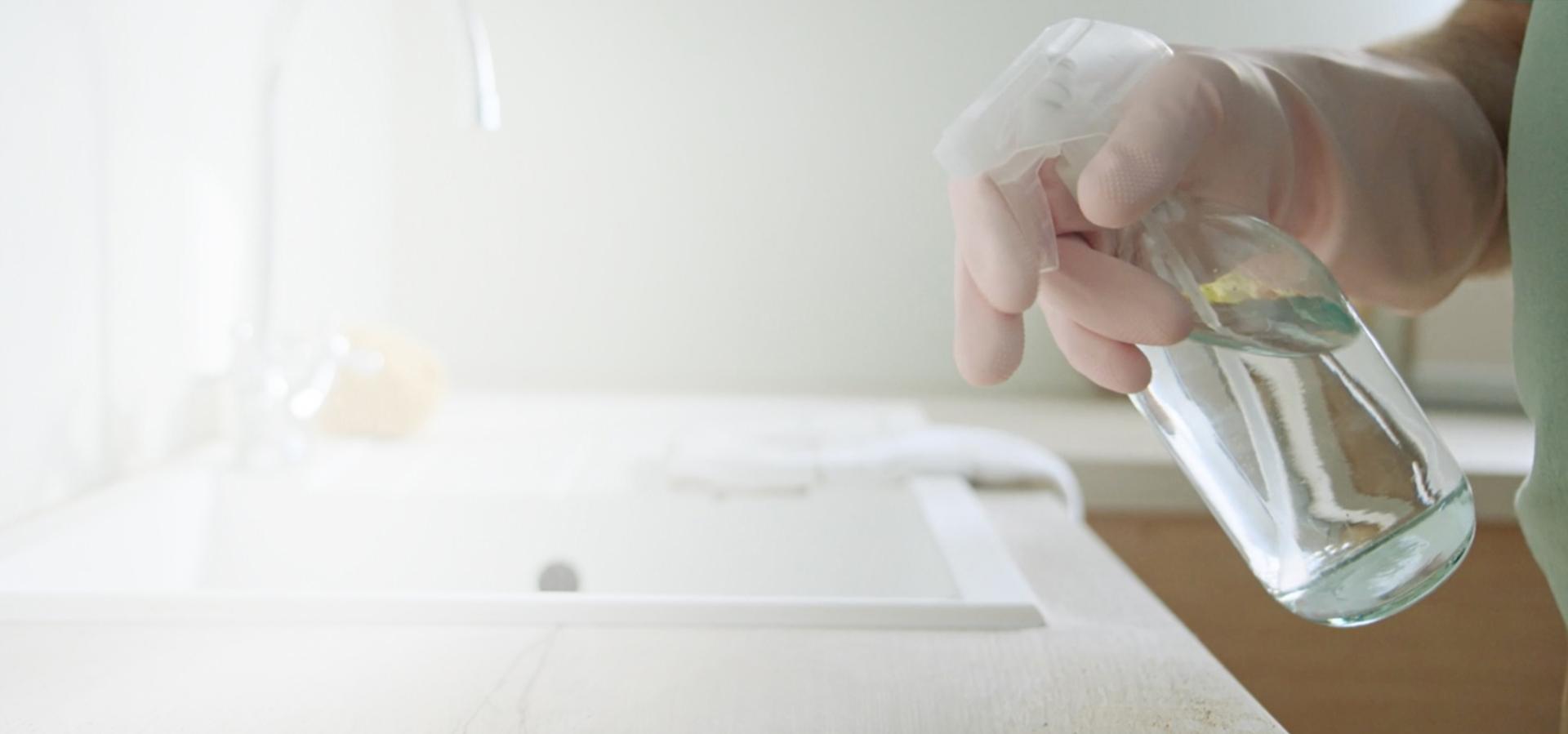
Fumes from paints and furniture
Another potentially harmful gas is formaldehyde, released by some furniture, paints, mattresses, carpets and fireplaces. Most homes contain formaldehyde, but amounts spike during interior decoration projects.

Pollutants released by cooking
Cooking can release a unique mix of combustion pollutants and airborne particles. Even after cooking, odours and potentially harmful contaminants can remain in the air.

Allergens from pet dander
Pets can introduce allergens, bacteria and viruses into the home. When pets groom themselves, they deposit protein particles from their saliva onto their hair and skin. These microscopic skin cells dry and flake off to form pet dander.

Three key things to look for in an air purifier
Automatic sensing, a fully-sealed machine and long-range air projection are key to effective air purification. That's why they're at the core of our technology. And why we've been testing them for generations.
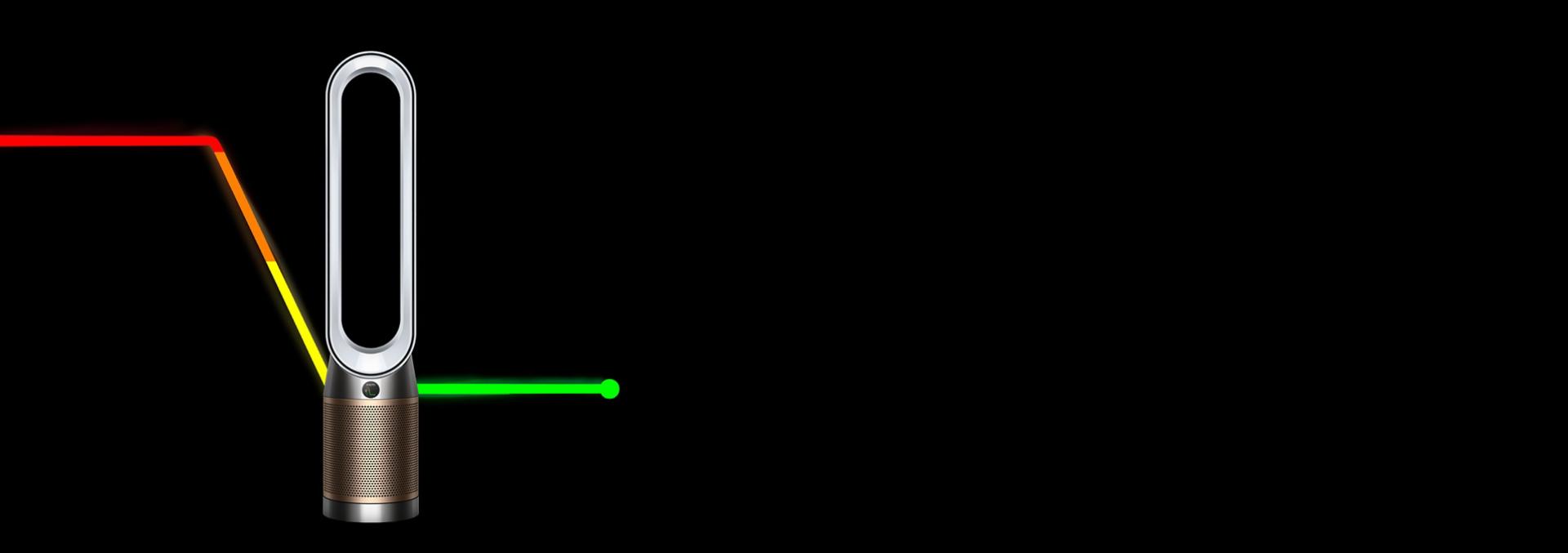
-
 Play
PlayAutomatic sensing
Reacts automatically to remove pollutants, only using energy when needed.1
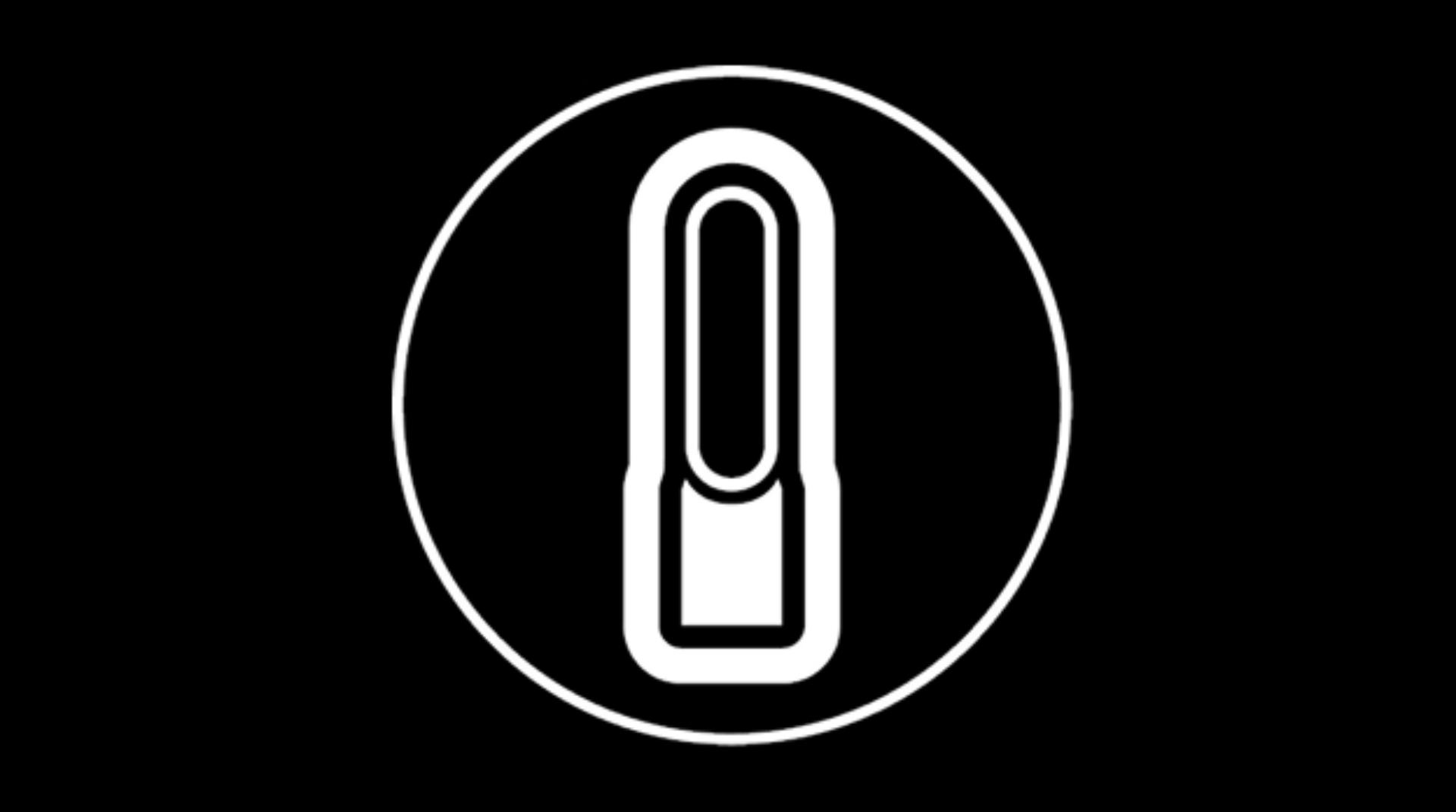 Play
PlayFully-sealed machine
Fully sealed to HEPA H13 standard. So the pollution captured inside stays inside.2
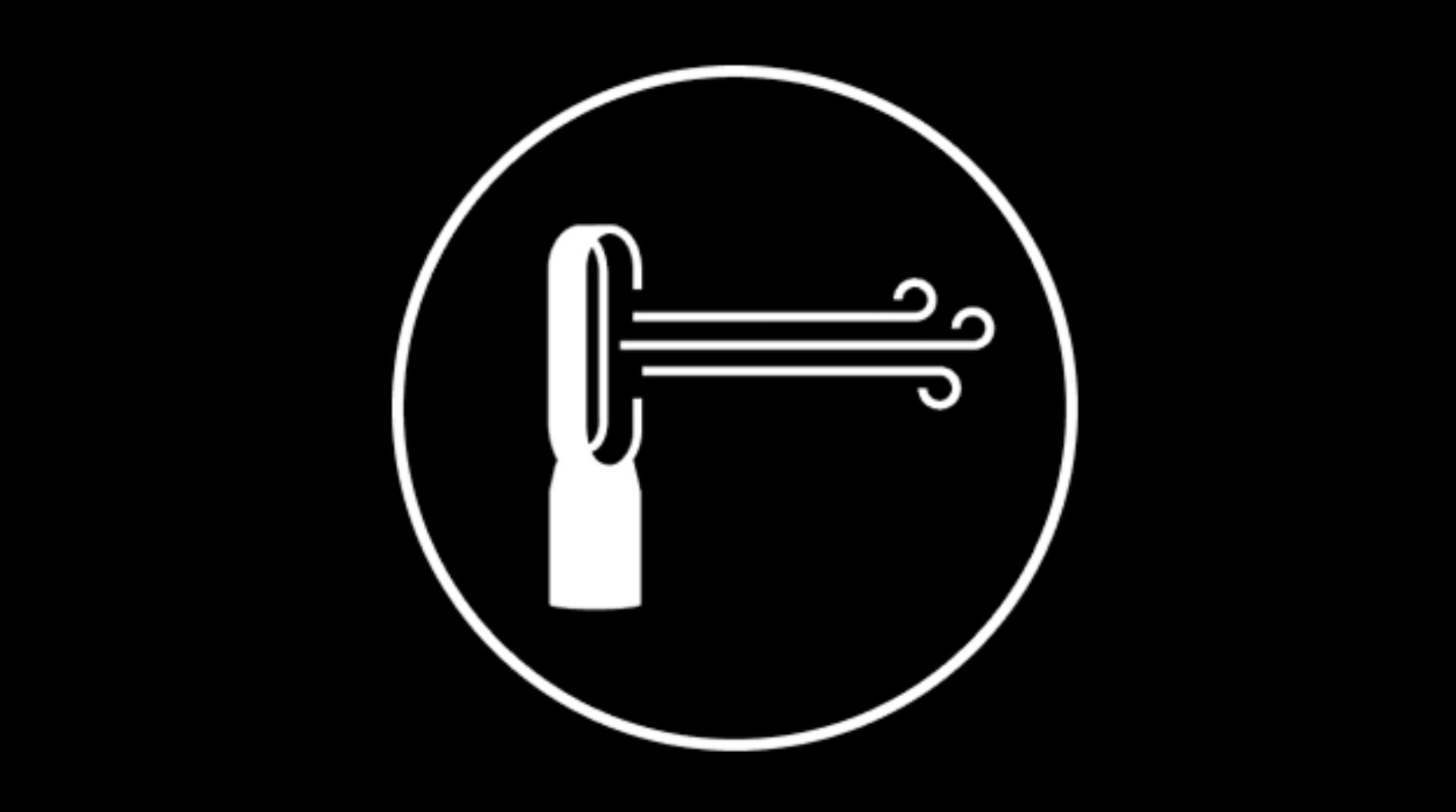 Play
PlayLong-range air projection
Dyson Air Multiplier™ technology projects purified air into every corner of the room.3
Tested for real homes
Standard Clean Air Delivery Rate (CADR) tests in small chambers with ceiling fans don't represent real living conditions.
So our engineers spent years developing a new testing methodology, called Point Loading Auto Response (POLAR), to measure real-world performance more accurately.
Frequently asked questions
Indoor air pollution contains a mix of pollutants, including particulate matter (PM) and volatile organic compounds (VOCs).
Many indoor activities and household products release invisible pollutants. As our homes become increasingly well-sealed, it may seem like we're shutting pollution out – but in truth, we may be shutting it in.Four indoor air pollutants which may be causing poor air quality in your home are:
Mould. Moulds are fungi that reproduce by making and releasing spores. It's usually found where there is excess moisture.
Volatile organic compounds. VOCs can be released from building materials, personal care and cleaning products.
Particulate matter. These can include dust, smoke and exhaust fumes. Particles vary from PM0.1 - PM10 in size.
Allergens. Common allergens include pollen and pet dander. Biological pollutants from pets include multiple proteins in a pet’s fur, hair, saliva, urine or dander.
Dyson's sealed HEPA filters capture 99.95% of microscopic allergens and pollutants as small as 0.1 microns (PM0.1).²Here are a few actions you can take to improve the air quality in your home:
Invest in an air purifier. Your best solution for improving your indoor air quality is an air purifier. Be sure to choose one which automatically senses, is fully sealed, and has long-range air projection.
Get rid of dust. House dust can be a combination of dust mites, pet dander and pollen. Keeping on top of cleaning and vacuuming can help overall air quality.
Source control. Reduce pollution sources in your home (like burning scented candles).Unlike our competitors, every Dyson air purifier is fully sealed to HEPA H13 standard. This ensures we capture 99.95% of ultrafine particles2 and prevents pollutants from leaking back into the air you breathe.
Yes. Dyson air purifiers capture viruses, including the SARS-CoV-2/COVID-19 virus.4
VOCs are 'Volatile Organic Compounds', meaning they are compounds containing carbon and are generally a gas at room temperature. Indoor VOCs can come from a range of activities, such as spraying perfumes or hair sprays, painting or cleaning.
When you see VOC on your machine's monitor or in your MyDyson app, you're experiencing a rise in VOCs, and your machine is working hard to remove the pollutant from the air, and project cleaned air into your home.PM2.5 is particulate matter with a size of 2.5 microns or less, for example dust, ash and smoke particles. These can be released from a range of household activities such as burning candles or cooking.
When you see PM2.5 on your machine's monitor or in your MyDyson™ app, you're experiencing a rise in PM2.5, and your machine is working hard to remove the pollutant from the air, and project cleaned air into your home.
Get more from your Dyson machine with the MyDyson™ app
Connect and control remotely, and receive personalised reports on your home's air quality in real time, directly to your smartphone.
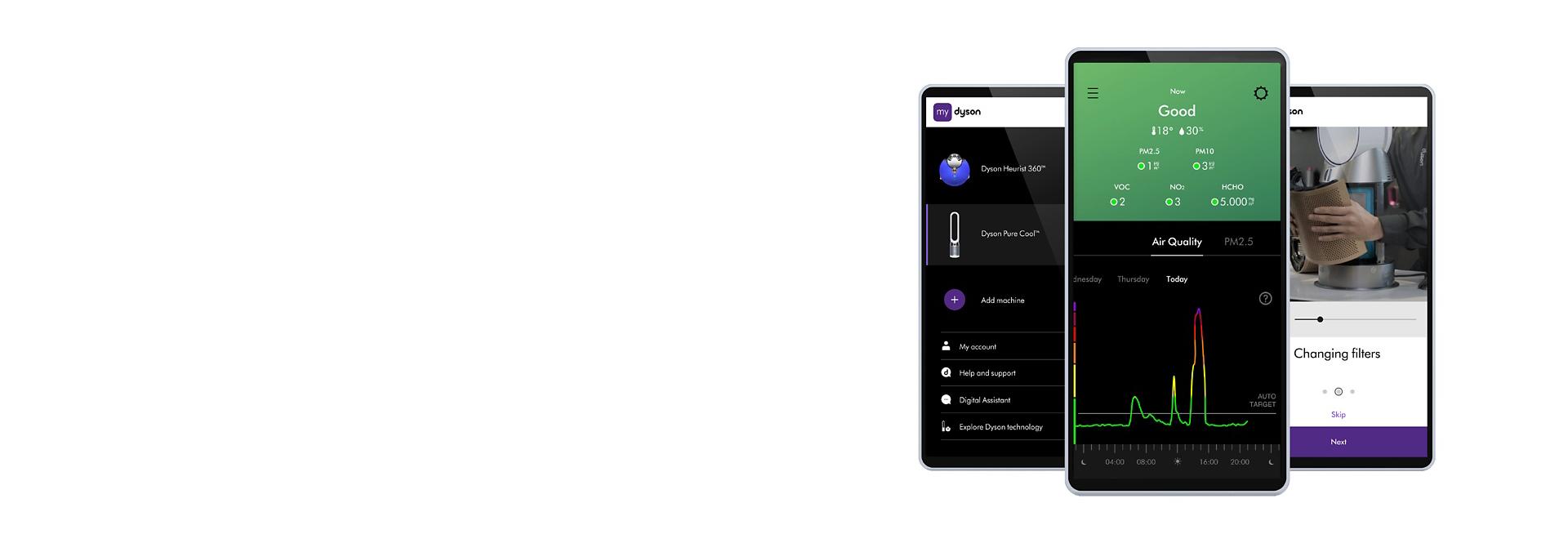
 Free delivery
Free deliveryYour orders will be delivered for free.
Orders before 11am
Business Days Area Free delivery Within Jabodetabek 1 – 3 working days Outside Jabodetabek, depending on location. 4 - 8 working days  2 year warranty
2 year warrantyAll Dyson machines are covered by a full parts and labour guarantee. Cordless vacuums, hair dryers, hair stylers and purifiers for 2 years.
 Up to 12-month interest free instalment plan
Up to 12-month interest free instalment planSpend using BNI, BCA or BRI credit cards and enjoy 3, 6 or 12 months (6 & 12 months applicable to BRI credit cards only) 0% interest free instalment plan. Not applicable for tools and accessories.
 Direct from Dyson
Direct from DysonExclusive Dyson machines, unique colour options and special gift editions, only available from Dyson.co.id and Dyson Pop Up Store Plaza Indonesia, Grand Indonesia and Mall Kelapa Gading 3
Owner support-
1In Auto mode.
2Particle challenge by DEHS oil specified in EN1822 within a chamber specified in ASTM F3150. Tested in Max Mode at IBR US, for whole machine efficiency above 99.95%. Gas capture rates vary.
3In maximum setting. Tested for air projection (DTM801) and purification coverage in a 81m3 room (TM-003771).
4Dyson purifiers were challenged with airborne influenza A (H1N1 virus) and MS2 bacteriophage at an independent lab, using a 30m³ chamber. After 60 minutes at maximum fan speed, the airborne concentration in the chamber was reduced up to 99.9 %. Real-life efficacy may vary.
Dyson purifiers were challenged with airborne SARS-CoV-2 (the virus that causes COVID-19) at an independent lab, using a 0.37m³ chamber for 90 seconds. Dyson Purifiers were also challenged with Phi-6 bacteriophage (a surrogate to test SARS-CoV-2) at independent labs, using a 30m³ chamber. After 90 minutes at maximum fan speed, the airborne concentration in the chamber was reduced by 99.9%. Real-life efficacy may vary.
 Call us
Call us Email us
Email us Request a meeting
Request a meeting Live chat
Live chat
